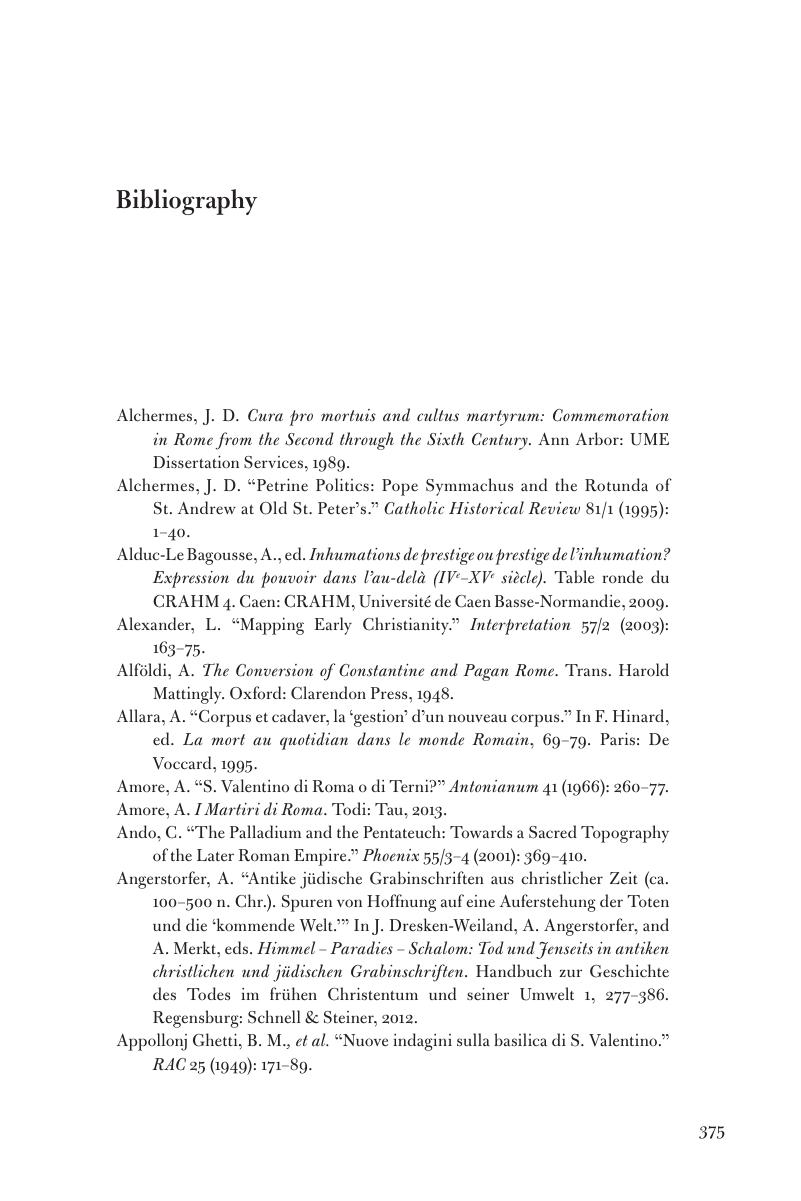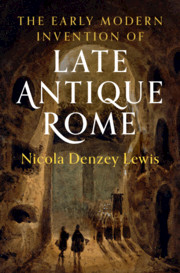Book contents
- The Early Modern Invention of Late Antique Rome
- The Early Modern Invention of Late Antique Rome
- Copyright page
- Dedication
- Contents
- Illustrations and Maps
- Acknowledgments
- Abbreviations
- Introduction
- 1. The Reinventio of the Hidden City
- 2. Rewiring the Sacred Circuit (Roma Sancta Renovata)
- 3. Remains to Be Seen (or, On the Holy Corpse)
- 4. Peter’s Bones
- 5. De Rossi’s Deception: Crafting the Crypt of the Popes
- 6. Raising Late Antique Jews from the Valley of Dry Bones
- 7. Disposing of Depositio (Ad Sanctos)
- 8. Inventing Christian Rome
- Bibliography
- Index
- References
Bibliography
Published online by Cambridge University Press: 21 August 2020
- The Early Modern Invention of Late Antique Rome
- The Early Modern Invention of Late Antique Rome
- Copyright page
- Dedication
- Contents
- Illustrations and Maps
- Acknowledgments
- Abbreviations
- Introduction
- 1. The Reinventio of the Hidden City
- 2. Rewiring the Sacred Circuit (Roma Sancta Renovata)
- 3. Remains to Be Seen (or, On the Holy Corpse)
- 4. Peter’s Bones
- 5. De Rossi’s Deception: Crafting the Crypt of the Popes
- 6. Raising Late Antique Jews from the Valley of Dry Bones
- 7. Disposing of Depositio (Ad Sanctos)
- 8. Inventing Christian Rome
- Bibliography
- Index
- References
Summary

- Type
- Chapter
- Information
- The Early Modern Invention of Late Antique Rome , pp. 375 - 418Publisher: Cambridge University PressPrint publication year: 2020



